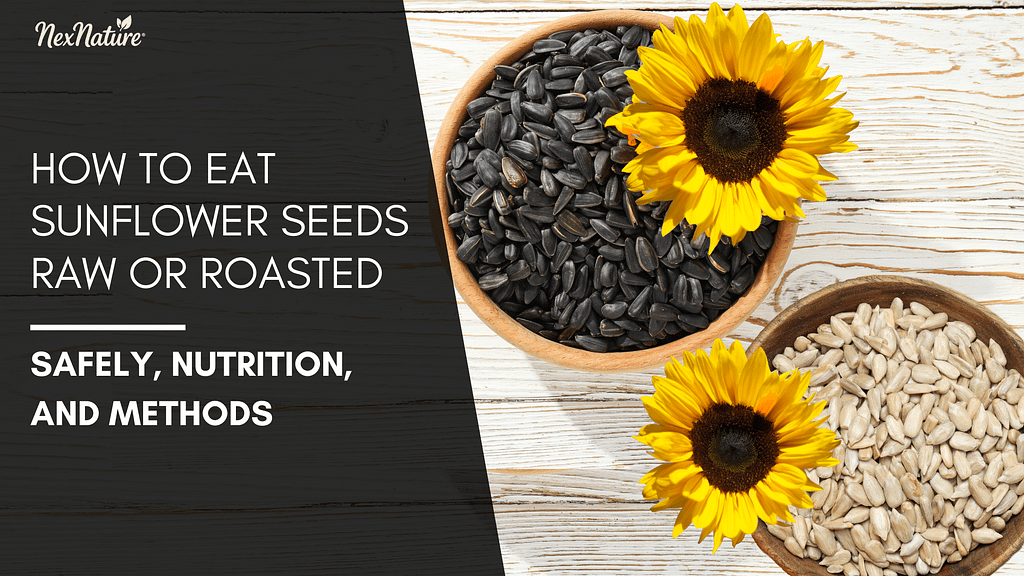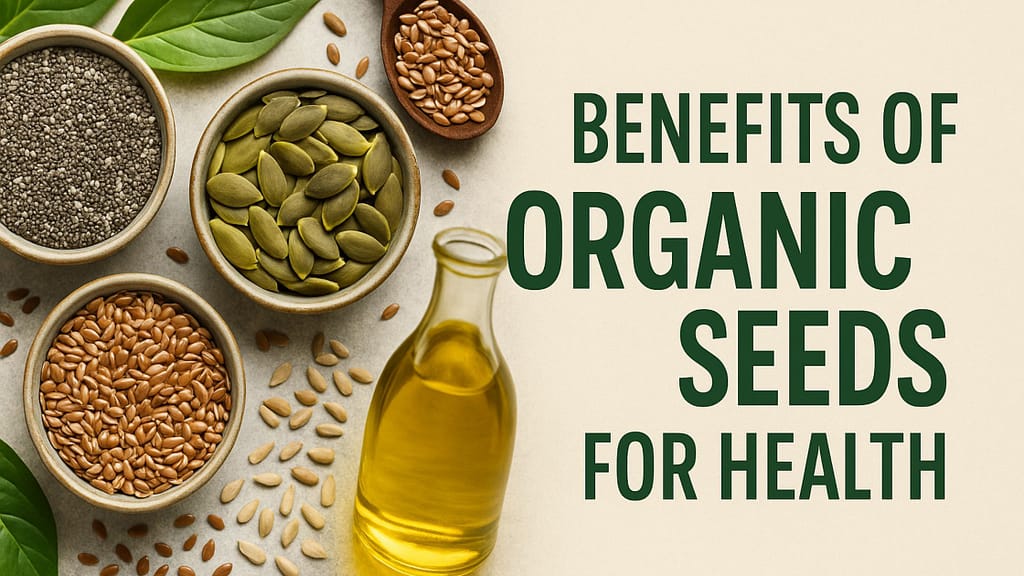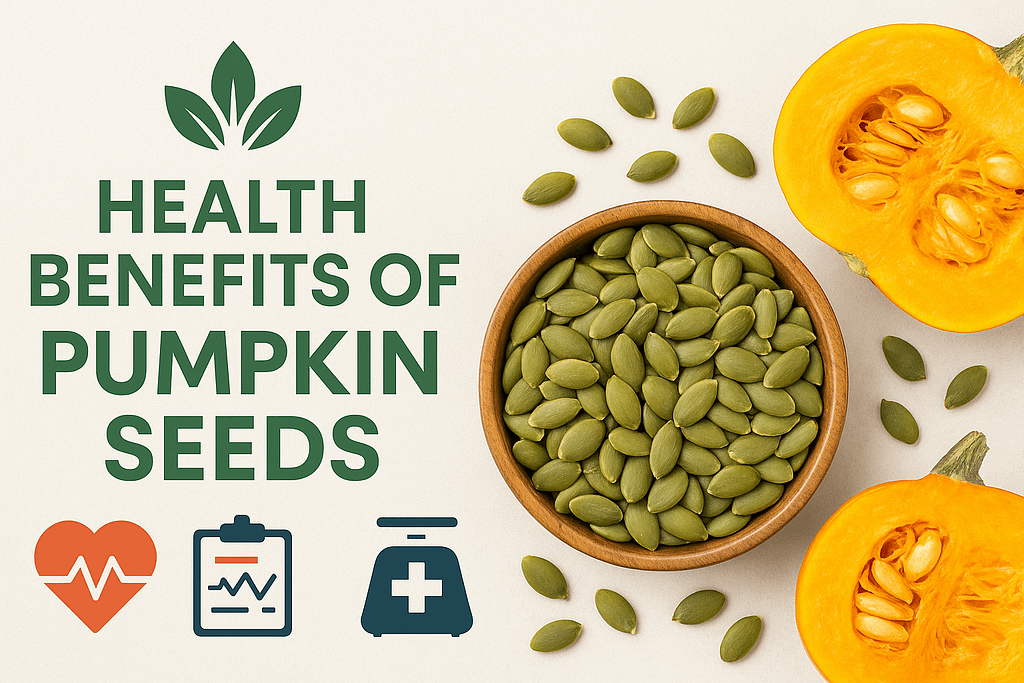Introduction
Did you ever wonder how to eat sunflower seeds either raw or roasted correctly, you are in the right place. These are nutrient rich seeds that so much more than a snack at a baseball stadium, they are delicious, versatile, and healthy when cooked properly.
We will discuss all the aspects of nutrition and safety, shelling techniques, roasting methods, and innovative recipes ideas in this ultimate guide. It doesn’t matter whether you are new to sunflower seeds or need to learn more about them, you will find useful tips and professional skills on making the most of these seeds safely and delicious.
Understanding Sunflower Seeds: What You Need to Know
We should know what we are dealing with before we dive into how to eat sunflower seeds when raw or roasted seeds. Sunflower seeds are offered in two types:
In-shell (also known as shell-on) seeds must be cracked to access the edible kernel within. These are typical snacks and contain entertainment value as well as nutritional value.
Hulled seeds (kernels) are already shelled and are ready to be eaten or used in recipes. They are convenient yet will be having less shelf life because of the exposed oils.
You will also find varieties in them – striped seeds (they are eaten as a snack) and black oil seeds (they are used as bird feed, but also you can eat them). Nutritional variation is very small, although, black oil seeds are more likely to have a higher fat level.
Nutritional Profile and Health Benefits
Sunflower seeds contain large nutritional value in their tiny size. One hundred grams of dried kernels will have around 584 calories, 21 percent protein, and good unsaturated fats and linoleic and oleic acids.
The seed is very nutritious in terms of vitamin E (a strong antioxidant), B vitamins, magnesium, selenium and zinc. The nutrients can be helpful in heart health, anti-inflammatory, and immune functioning.
Sunflower seeds are highly valuable in vegetarians and vegans due to the high protein level, and cardiovascular and brain health can be maintained by the healthy fats.
Safety Considerations and Potential Risks
To know how to safely eat sunflower seeds whether raw or roasted, one must be aware of the possible concerns:
Heavy metals: There are studies that have found the build-up of cadmium in sunflower seeds. The levels are usually low, but it is prudent to be moderate.
Allergic reactions: Rare in comparison with tree nuts, some individuals can be allergic to sunflower seeds, particularly individuals with ragweed allergies.
Oxidation and rancidity: During storage or high-heat food processing, the unsaturated fats can oxidize, producing off-flavours and potentially harmful compounds.
Dietary issues: Shell ingestion can lead to irritation or choking especially among children. It is good to take off shells before eating.
Caloric density: Weighing almost 600 calories per 100 grams, portion control is important in weight regulation.
Raw vs. Roasted: Comparing Your Options
When making a choice between eating raw verses roasting sunflower seeds, the trade-offs are:
Raw Sunflower Seeds Benefits
- All nutrients that are sensitive to heat are kept to their optimal levels.
- None of the heating compounds potential of a harmful nature formed.
- Natural, mild flavor
- More gentle texture which some like.
Roasted Sunflower Seeds Advantages
- Improved nutty taste and good smell.
- Improved crunch and texture
- Improved microbiological safety.
- Extended shelf life in a few instances.
Studies have indicated that moderate roasting (120-140degC) may in fact enhance the quantity of certain desirable compounds and reduce losses in the nutrients. Nonetheless, roasting (at high temperature) can destroy certain antioxidants and generate unwanted compounds.
How to Eat Raw Sunflower Seeds
It is easy to enjoy raw sunflower seeds once you are aware of the fundamentals:
Direct snacking: Directly eat hulled kernels out of the package as a quick and healthy snack.
Addition of smoothies: Kernels are raw, so add it to smoothies to provide additional protein and healthy fat.
Salad topper: Sprinkle on salads, yogurt or oatmeal to provide additional crunch and nutrition.
Homemade seed butter: Some recipes using raw kernels in a food processor can make a peanut butter substitute, which is free of nuts.
Soaking: There are those who choose to soak raw seeds overnight, in order to make them soft and possibly more digestible.
How to Roast Sunflower Seeds: Step-by-Step Methods
To roast sunflower seeds correctly, it is important to know how to do it in order to get the best taste:
Oven Method
- Preheat your oven to 250 -285degF (120-140degC).
- Sow clean seeds in single row on a baking sheet.
- Bake 10-20 minutes, flipping over in the middle.
- The seeds are ready when of a light golden fragrance.
- In the case of flavored ones, they can be sprinkled with a little oil and seasonings and then roasted.
Stovetop Method
- Heat a heavy pan using medium heat.
- Add seeds in a single layer
- To avoid burning, keep stirring.
- Roast until golden taking 5-10 minutes.
- Take off of the heat so it will not over-brown.
Air Fryer Method
- Plant the seeds in the air fryer tray.
- Cook at 260-285degF for 8-12 minutes
- Stir the basket few times to cook evenly.
Shelling Techniques for Shell-On Seeds
Whenever you have shell-on seeds, it is always helpful to know tricks to shell sunflower seeds faster and without frustration:
Teeth – The standard technique – bite through the shell, then use your tongue to pull out the kernel.
Rolling pin method: Seed placed in between clean towel and rolled until many shells have been cracked.
Freeze-thenaw technique: Quickly freeze seed and leave to thaw – shells are more apt to crack.
Soaking method: Temporary softening of shells may be induced by brief soaking, increasing their crack resistance.
Storage and Shelf Life
To store properly to preserve quality and to avoid rancidity:
- Keep in non-light and non-heated, airtight containers.
- Store in cool dry environment (preferably less than 70degF).
- Refrigerate or freeze for long-term storage
- Best quality use in 3-6 months.
- Roasted seeds will have reduced shelf life with more oxidation.
Creative Ways to Use Sunflower Seeds
In addition to the snacking, the sunflower seeds are versatile:
Baking ingredient: Use in breads, muffins and granola to add additional nutrition and texture.
Seed Coating: To make a crunchy coating on fish or chicken, crush and roast the seeds.
Homemade trail mix: Add in dried fruits and additional seeds to have a snack that goes everywhere.
Salad improvement: Sprinkle salads to add in protein and healthy fats.
Energy balls: Combine dates and other ingredients to create no bake energy balls.
Recommended Daily Intake and Portion Control
An average 1-ounce (28 grams or approximately 1/4 cup of kernels) portion of sunflower seeds has approximately 100 grams of omega-3 fatty acids. This is very nutritious and yet contains affordable calories.
The recommended 1-2 portions per day would suit most individuals to a sensible diet. The consumers of sodium should consume unadulterated forms and the consumers with certain health conditions should seek the guidance of their healthcare practitioner concerning the right dosage.
FAQs
Can you eat sunflower seed shells?
No, you should remove and discard the shells. They’re fibrous, difficult to digest, and can cause throat irritation or choking.
Are raw sunflower seeds safe to eat daily?
Yes, in appropriate portions (about 1 ounce per day). Ensure they’re fresh, properly stored, and mold-free.
Does roasting remove toxins from sunflower seeds?
Roasting doesn’t eliminate heavy metals like cadmium, but it does reduce potential microbial contamination. However, high-heat roasting can create other compounds of concern.
How long do roasted sunflower seeds stay fresh?
When stored properly in airtight containers, roasted seeds maintain quality for 3-6 months, though they’re best consumed sooner.
Can children safely eat sunflower seeds?
Yes, but only hulled kernels in age-appropriate portions, and always under supervision to prevent choking.
What’s the difference between striped and black sunflower seeds?
Both are safe and nutritious. Black oil seeds tend to have slightly higher fat content, while striped seeds are more common for human consumption.
Conclusion
Knowing to eat sunflower seeds either raw or roasted makes a difference in the way to eat a nutritious snack. These are rich in proteins, have healthy fats and give a nice crunch when cooked appropriately.
It is important to remember that both raw and roasted seed forms are good, as raw seeds preserve nutrients sensitive to heat, and a gentle roasting is more palatable, and can improve some nutrients. The trick here is to select quality seeds, store them well and to eat them in right amounts in a balanced diet.
You can use sunflower seeds to add flavor and nutrition to your culinary dishes you are either cracking shells and watching a game or adding kernels to your favorite recipes. Begin with small amounts, be conscious of the response of your body and have fun with the variety of these marvellous seeds.



